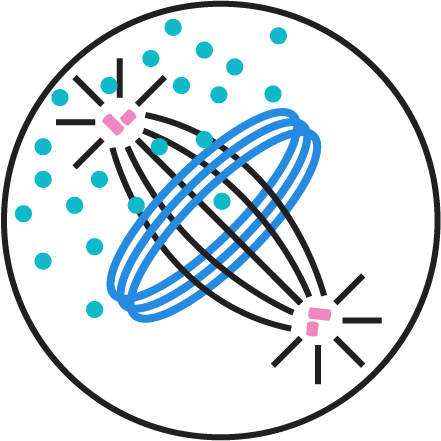It is exciting to share two major updates about Hiro(Hiroyuki Uechi, former postdoc from our lab)
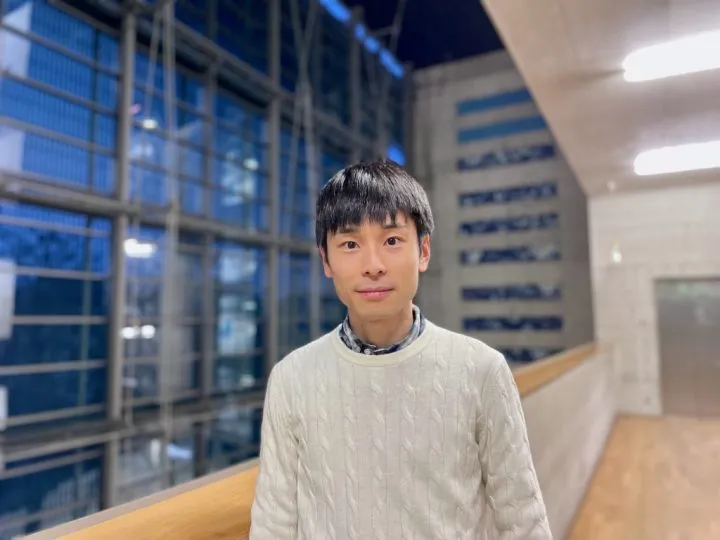
Hiro has been appointed Associate Professor in the Department of Histogenetic Dynamics at Kyoto University, starting from the 2025 academic year.
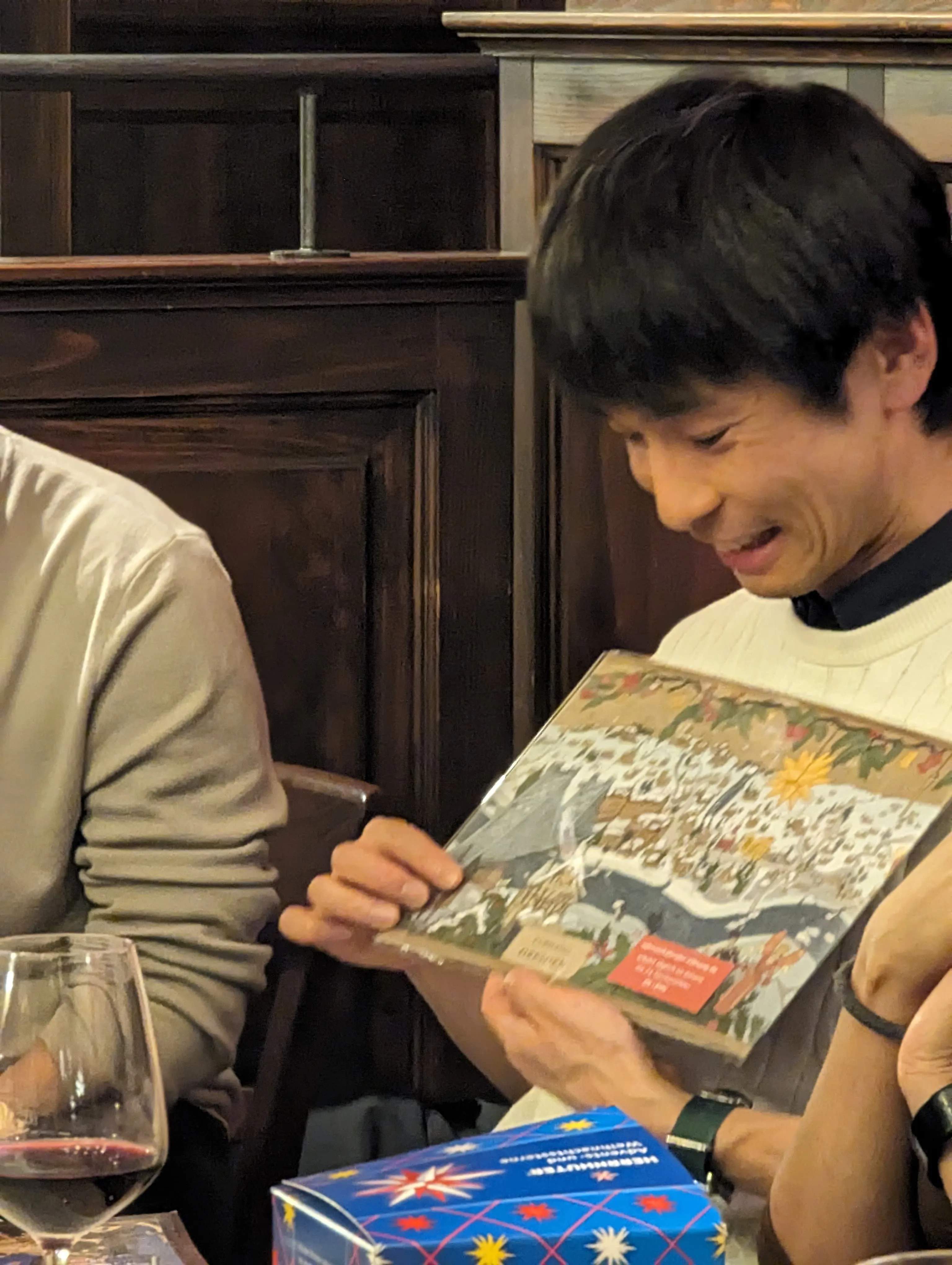
His scientific journey started at the Graduate School of Pharmaceutical Sciences (The University of Tokyo), for his PhD studies, and He later joined HymanLab as a Postdoc. Now at Kyoto University, Hiro is focusing on how phase-separated compartments help organize tissue development and maintain cell health, while also studying how they go wrong in diseases like ALS. He is particularly interested in how condensation contributes to specific localizations and functions of tricellular junction proteins. It’s a great step forward in a career that’s been marked by curiosity, technical depth, and cross-disciplinary insight.
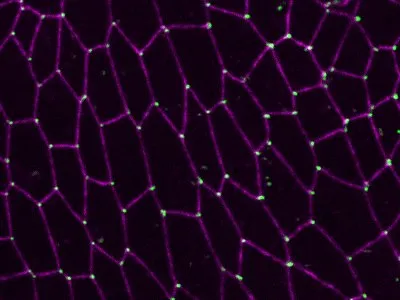
tricellular junctions in the fly embryonic epithelia are labelled with green while bicellular junction in magenta
Impressively, just last month, Hiro published a landmark paper in Nature Chemical Biology, offering new insight into the role of stress granules and redox biology in ALS.
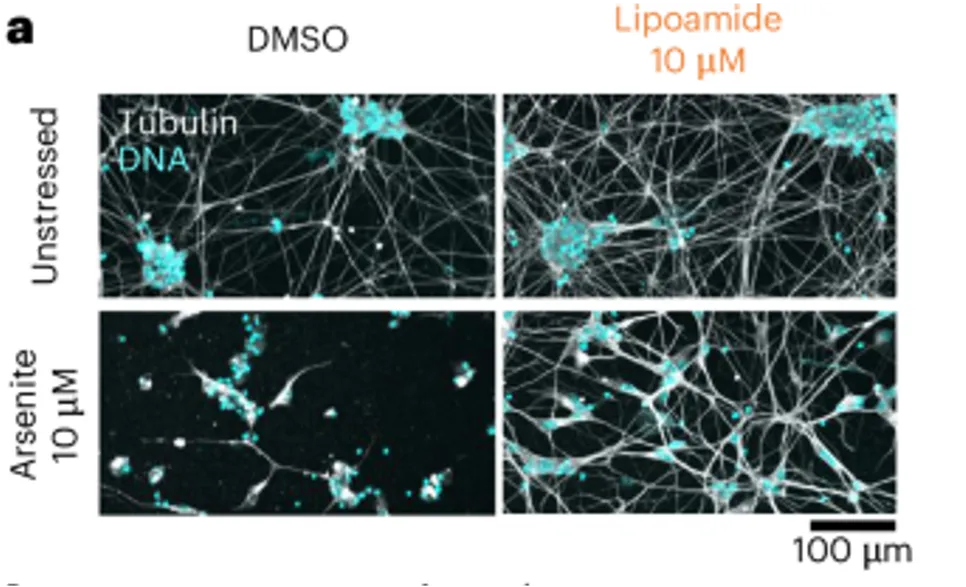
In this study, they identified lipoamide, a small molecule that partitions into stress granules and rapidly dissolves them, both preventing their formation and promoting their disassembly. Their work showed that SFPQ, an intrinsically disordered and redox-sensitive protein linked to ALS, is a key target of lipoamide activity. This dissolution restores proper localization and function of proteins like FUS and TDP-43 in disease models. Importantly, the study opens up a new direction in understanding how redox signaling regulates protein phase separation in disease, and provides a tool to investigate the functional consequences of stress granule dynamics in ALS and beyond.
